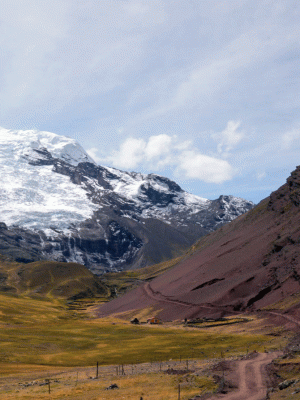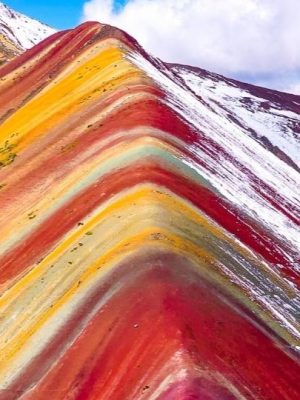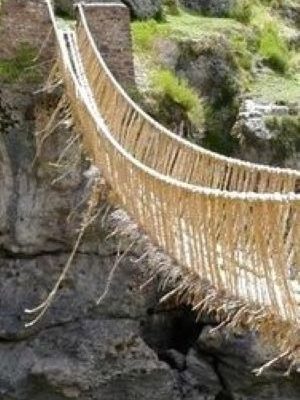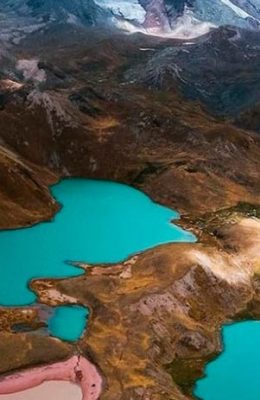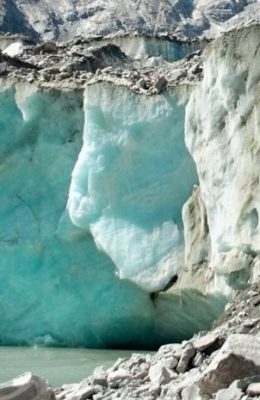MARAS MORAY
Maras and Moray, located in the province of Urubamba, 48 km northwest of Cusco, constitute an archaeological site of great cultural and historical importance in Peru.
The term “blackberry” refers to edible fruits of different species, mainly of the genera Morus and Rubus, which, although they come from different plants, share a similar appearance and common characteristics such as a collective form of small, joined drupes, which botanically defines them as polydrupe fruits.
Blackberries of the genus Morus, such as Morus nigra (black mulberry), are fruits that turn from green to red and finally to black when ripe, and are edible even when green.
Introduction
MARAS MORAY
Maras and Moray represent the sophistication and scientific knowledge of the Inca Empire. While the Sacred Valley was the empire’s breadbasket, these two sites, strategically located close to each other, functioned as climate laboratories and salt production centers, demonstrating a unique connection between engineering and nature. Visiting Maras and Moray means observing two ingenious feats that sustained Inca life and economy. lands, and abundant water supply. Known for its stunning natural beauty, the valley is a tapestry of Andean landscapes, traditional communities, and spectacular archaeological complexes. It served as the primary center for agricultural production for the empire, making it a strategic and sacred axis.
Difficulty and Preparation
- Difficulty: Moderate to high due to altitude and uneven terrain
- Preparation: It is essential to acclimatize to the altitude before starting the trek.
- Equipment: Thermal clothing, trekking boots, hiking poles, sunscreen and camping gear
FULL DAY
1. Moray: The Inca Agricultural Laboratory
Description: Consists of several concentric agricultural terraces forming giant circular depressions, resembling amphitheaters. The largest depression is about 30 meters (98 feet) deep.
Purpose: The Incas used Moray as an agricultural research laboratory. The shape and depth of the rings create a remarkable temperature gradient (with differences of up to 15∘C (27∘F) between the top and bottom), allowing the Incas to simulate up to 20 different microclimates. This facilitated experimentation to acclimatize seeds and crops from diverse regions of the empire, ensuring agricultural success.
2. Salineras de Maras (Maras Salt Mines): Millenary Salt Pans
Description: A breathtaking field of thousands of terraced salt ponds that cascade down the valley side. Each small pond is fed by an underground stream of saltwater.
Purpose and Use: These salt pans have been in use since pre-Inca times. The saltwater evaporates in the sun, leaving behind salt crystals that are then scraped and harvested by families from the local Maras community. This traditional method was not only vital for the Inca diet and trade but remains the community’s primary source of income to this day.
INCLUDES + ROUTE DETAILS
Transportation
Pickup from your hotel in Cusco.
Transportation to the trek start.
Meals
Breakfast, lunch, and dinner during the trek.
Snacks (tea, hot water, cookies).
Cook and assistants during the trek.
Safety
First aid kit.
Emergency oxygen.
Not included:
Admission (15-20 soles)
Tips
Key Considerations
Intensity: This is an extremely long day (18 to 20 hours total) with significant travel time.
Bookings: Train tickets (round trip), bus tickets (up and down), and the Machu Picchu entrance ticket must be booked well in advance, especially since the most convenient times sell out quickly.
Acclimatization: It’s essential to have spent at least 1 or 2 full days in Cusco or the Sacred Valley before attempting this tour to minimize the risk of altitude sickness.

